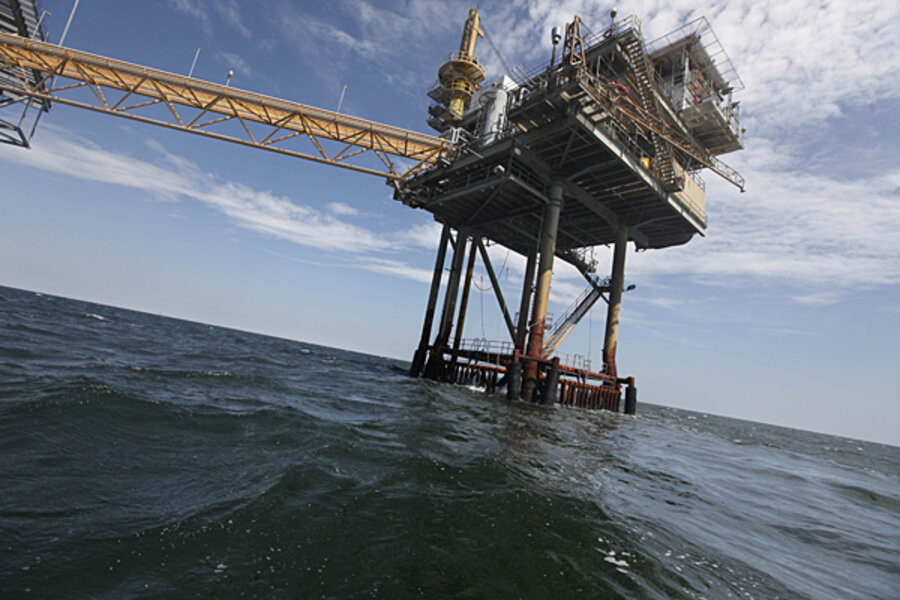EIA: Gulf oil set for a comeback
Loading...
Oil production in the Gulf of Mexico is on the road to recovery, with next year's projected level on pace to end a four-year slump.
The U.S. Energy Information Administration (EIA) said total crude oil production is expected to average 8.5 million barrels per day this year, a 14 percent increase from the previous year.
Much of the success story for U.S. oil has come from inland shale basins in Texas and North Dakota. For February, the last full month for which data are available from the EIA, Texas produced 81.8 million barrels of oil, a 24 percent increase year-on-year. North Dakota's 26.6 million barrels produced in February was 22 percent higher than in February 2013.
By next year, oil from shale-rich states like Texas and North Dakota is expected to push total U.S. production to 9.2 million barrels per day (bpd), just shy of the high-water mark of 9.6 million bpd in 1970.
A 2013 report from the International Energy Agency said the United States is on pace to pass Russia and Saudi Arabia to become the premier oil-producing nation by the end of the decade.
Both the IEA, and OPEC, however, have said the pace is unsustainable and predicted that the U.S. boom cycle will go bust by the 2030s.
Now the EIA says it has revised its forecast for production from the Gulf of Mexico because new wells from the Mars field began producing in February, ahead of schedule. (Related Article: BP Return to Gulf of Mexico Marks U.S. Energy Sea Change)
Shell announced it started production at the Mars B development using its Olympus floating deepwater platform, the first project of its kind in the region. The Dutch supermajor said the new infrastructure should extend the life of the Mars field through 2050 and the entire basin should deliver an estimated 1 billion barrels of oil equivalent.
The EIA said Mars B, owned by Shell and British energy company BP, should reach a production level of 100,000 bpd next year. As a result, the administration said it was raising its expectations for performance in the Gulf of Mexico.
"U.S. federal Gulf of Mexico production, which has fallen for four consecutive years, is projected to increase by 150,000 bpd in 2014 and by an additional 240,000 bpd in 2015," the EIA said in its monthly market report.
Crude oil production from the Gulf of Mexico was 18 million bpd in 2010, the year of the BP oil spill. The federal government placed a brief moratorium on deepwater activity in response to the tragedy and production in 2011 plummeted as a result.
A capping system meant to prevent another catastrophe in the Gulf is ready for deployment, Marty Massey, the chief executive at the Marine Well Containment Co. said at a Houston energy conference. Once in place, the Gulf’s comeback should be complete.
Source: http://oilprice.com/Energy/Energy-General/EIA-Gulf-Oil-Production-Set-For-Rebound.html







